Sardinia is an ancient island teems with art,archaelogy and misteries! Nuragic civilization arose and developed during Bronze Age untill Iron Age and it is one of the ancient civilizations most enigmatic in history. Its legacy,both artistic and archaeology, is really tremendous: ranging from famous nuraghi(from which civilization takes its name)to dolmen and menhir,tombs of the giants,domus de janas,sacred temples of water,countless bronze statuettes also called nuragic small bronzes,until reaching to enigmatic statues of Giant of Monte e Prama,without forgetting ziggurat of Monte d’Accoddi! There is for all the tastes,so much that it is not easy to summarize all this beauty in just one article,it would take hundreds and maybe they wouldn’t be enough!
Let’s start from the beginning,that is nuraghi,what are they and what they were for? Nuraghi are majestic megalithic towers that in all likelihood were used as watchtowers to defend themselves from enemy invasions even if to be honest, nobody really knows exactly their real purposes so much that archaeologists and researchers still argue about it. Who built these stone buildings? Even in this case so many hypotheses,but no certaintly,since there are no writing documents of any sort not even archaic,that can shed light to the real origin of these ancient people! Just imagine that all over the island there are something like 7.000 nuraghi and perhaps how many more have been lost during the time and maybe there will be a few more to discover! The most imposing nuraghe discovered so far is without any doubt “nuraghe of Barumini” which you can see in the photo below:
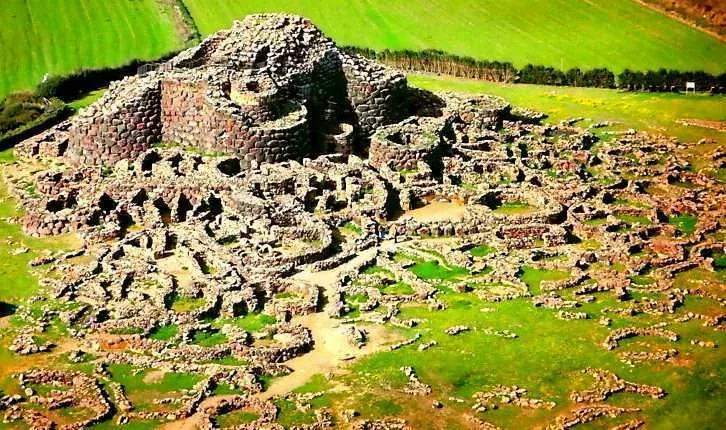
“Su Nuraxi”,so it is called,is about 18 meters high surronded by a fence with four lateral towers linked by walls and a courtyard with half-moon shape and also a well deep about 20 meters!
What to say about Dolmen and Menhir? These archaic megalithic structures(megalithis from the Greek “big stone”) can be found in almost all Sardinia and they have appeared since Neolithic until Nuragic age. What’s the substantial difference between Dolmen and Menhir? Menhir is a word of breton origin that indicates a monolith,in other words a huge single stone stuck in the ground. Dolmen is rather an ancient burial described as “simple room”with two or three big vertical stones and a large horizontal slab, place to cover like a roof of a house. It should also be remembered cromlech that is a circle of menhirs which comes from the breton word “croum” (circle) and “lech” holy stone.Nobody knows exactly for what could be used these megalithic circles,some researchers speculate that they could be used for sacrificial rites or for collective graves,but still linked to ceremonial rites.In the photos below you can see sardinian Dolmen and Menhir:
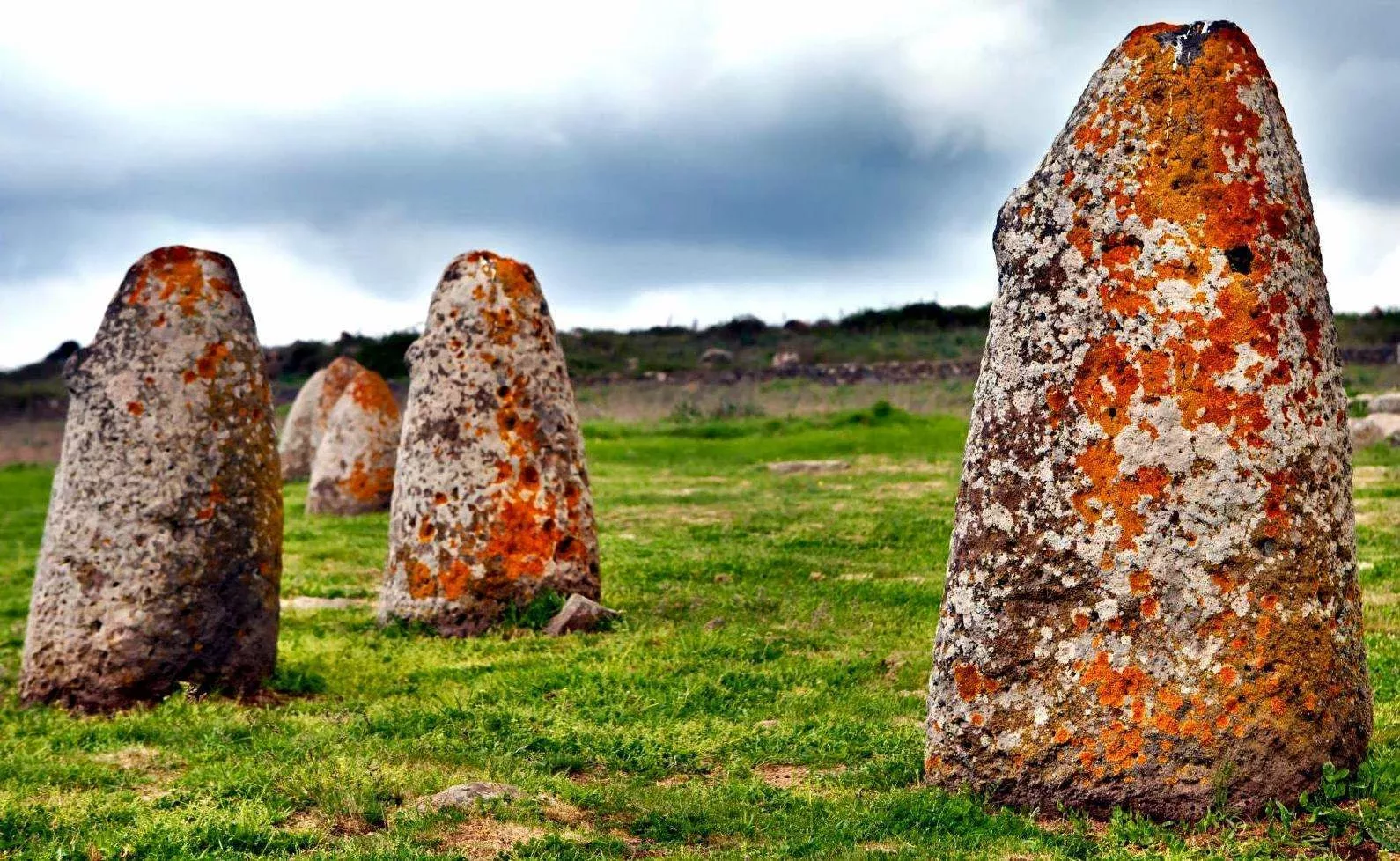
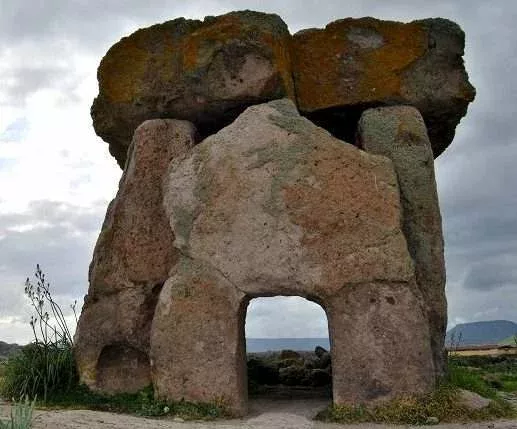
As concerns collective graves,“Tombs of the Giant” are really famous and quite numerous; just imagine that some scholars “out of the chorus”,consider these ancient graves really a tombs of giants people, in the sense that into them have been discovered ancient skeletons by enormous forms,just like real giants of which furthermore are mentioned even in the Bible! Did the famous Nephilim live even in Sardinia? We can’t be sure about it,but the hypothesis is quite concrete if you think that it has been found a femur long something like 1 meter and 70 cm! Whose else would it be such long leg if not a giant human being?!
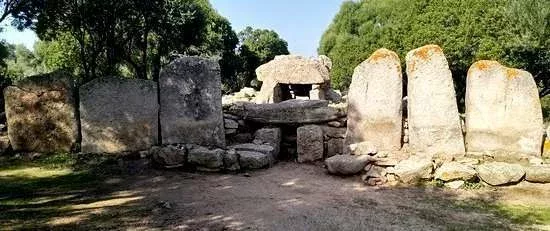
Even so-called “Domus de Janas” were tombs but by far much more ancient,indeed they were prehistoric burials carved into the rock and they belong to the prenuragic period. It is possible to find them both grouped and isolated and they are widespread in various places of Sardinia. So far have been discovered about 2.400 “domus”; these ancient necropolis in some cases they constituted real undergrounds cemeteries! Popular sardinian legend tells that these little artificial caves were no more than houses of tiny and charming fairies. Domus de janas in fact means “house of faries”.The legend wants these small creatures changeable mood and capricious,sometimes benevolent other cases naughy if not even evil like witches. They were associated always with wealth,indeed it was said that they can make rich deserving people if they were in good mood. They spent time to weave large frames and they dressed always elegant with red clothes,gold necklace and enbroidered handkerchiefs with silver wire!
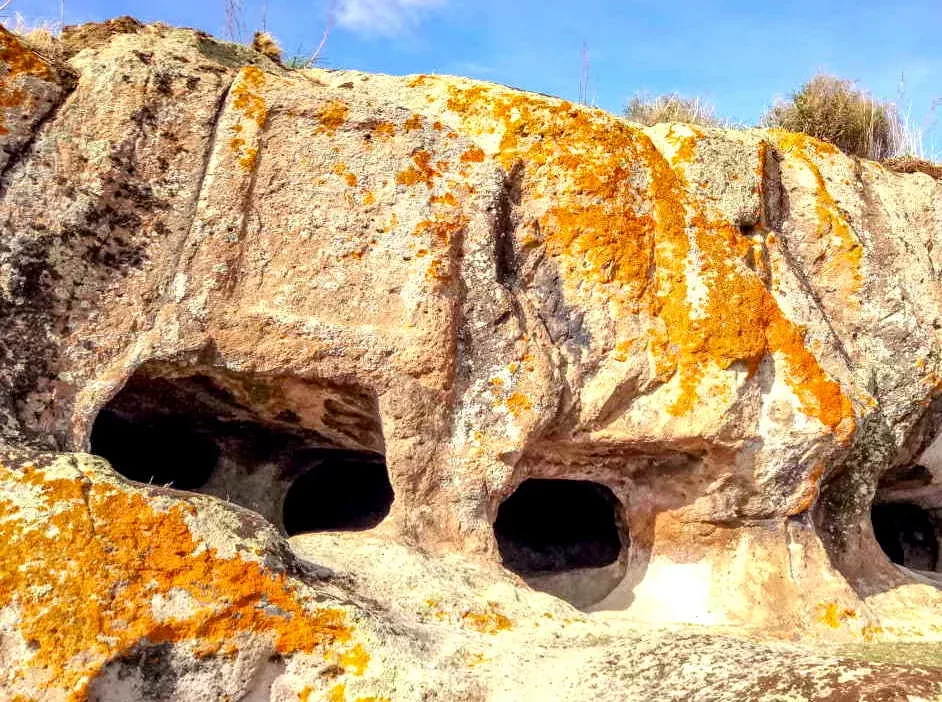
During bronze age have been built hypogean templary structures round-shaped called Nuragic Sacred Weels. These buildings were destined to the cult of water and they were made up by an atrium,a staircase and a underground chamber often covered.So far all over Sardinia have been discovered about three hundred sacred weels ,but it cannot be excluded that there are other important findings to await intrepid archaeologists.
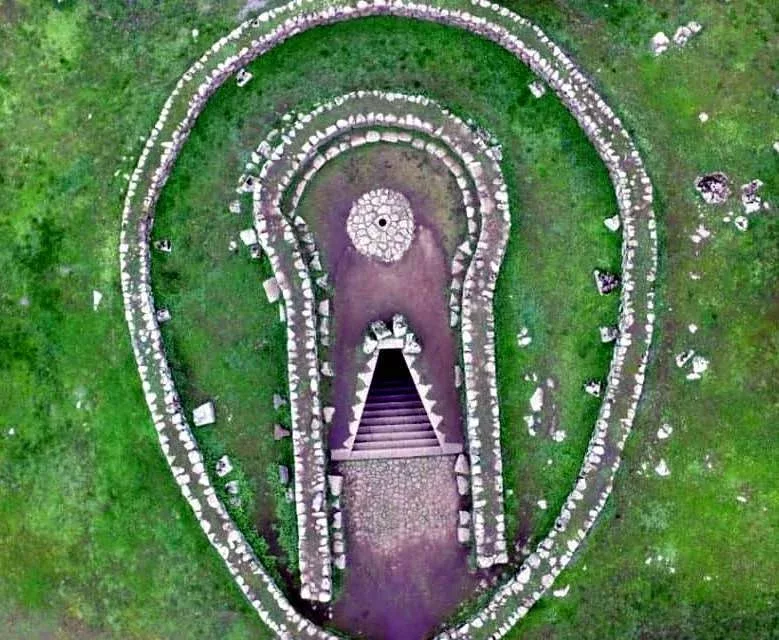
Between final stage of bronze age and iron age became widespread all over the island bronze votive statuettes designated for divine worship,commonly called nuragic small bronzes or simply“bronzetti”. Untill now have been found about 500 bronzetti,mostly near to grave sites and worship places,but even nearby nuragic villages. The avarage size of these statuettes are around 30-40 cm and they have been made with the lost wax technique; they depict especially warriors,tribal leaders and divinity but also people of different social classes as well as objects of daily life like vases. One of the most famous bronzetti preserved in the museum of Cagliari,is surely so-called four-eyed warrior sometime called also four-eyed demon.
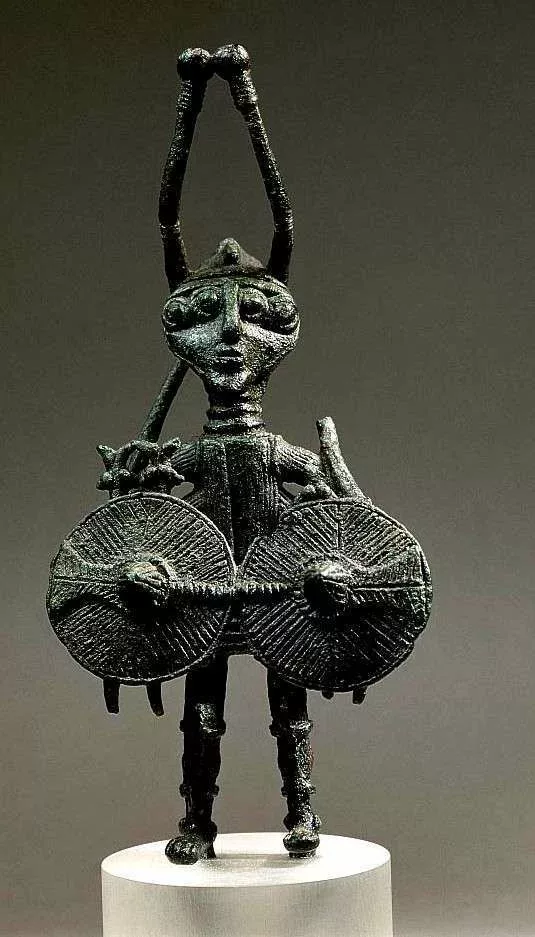
What to say about mysterious statues of Giants of Monte e Prama ? Have you ever heard about ziggurat of Monte d’Accoddi? These last topics are so full of fascination and mystery that deserve to be explored with other two articles just for them. I would like to conclude this post with simple questions. Who were actually people that gave life to this amazing and mysterious civilization? Who were actually nuragic people? Did really live giants in Sardinia as proved by the findings in Pauli Arbarei? Do Sardinia can be really legendary Atlantis as stated by recent theories? Probably they will remain just questions without answers,but it is precisely this that fuels the timeless appeal of this ancient island,full of treasures and mysteries,that are meant to remain so,almost certanly, and keep to charming million people all over the world and of all ages.
